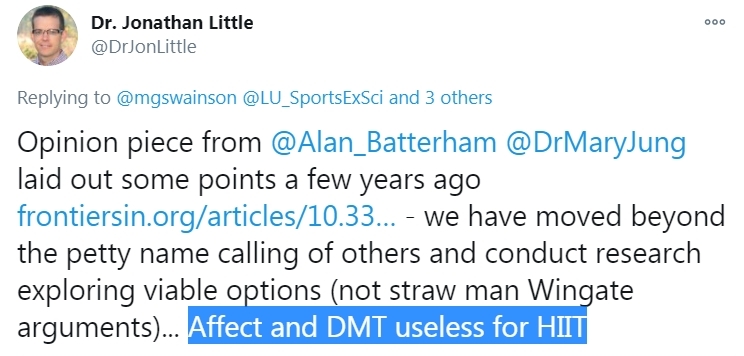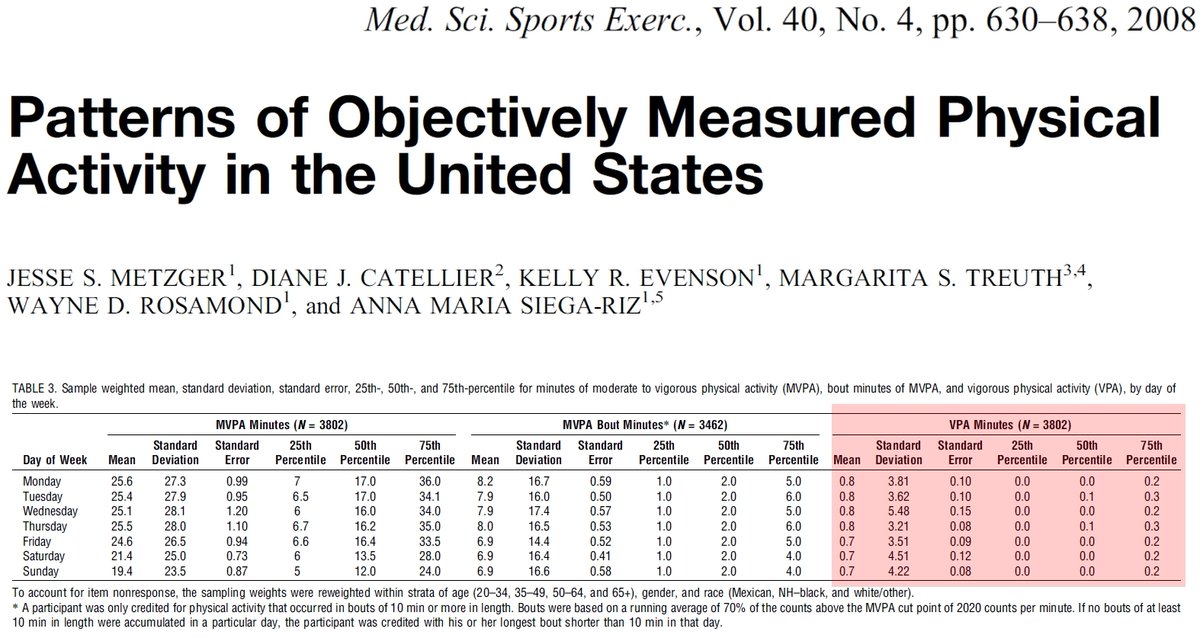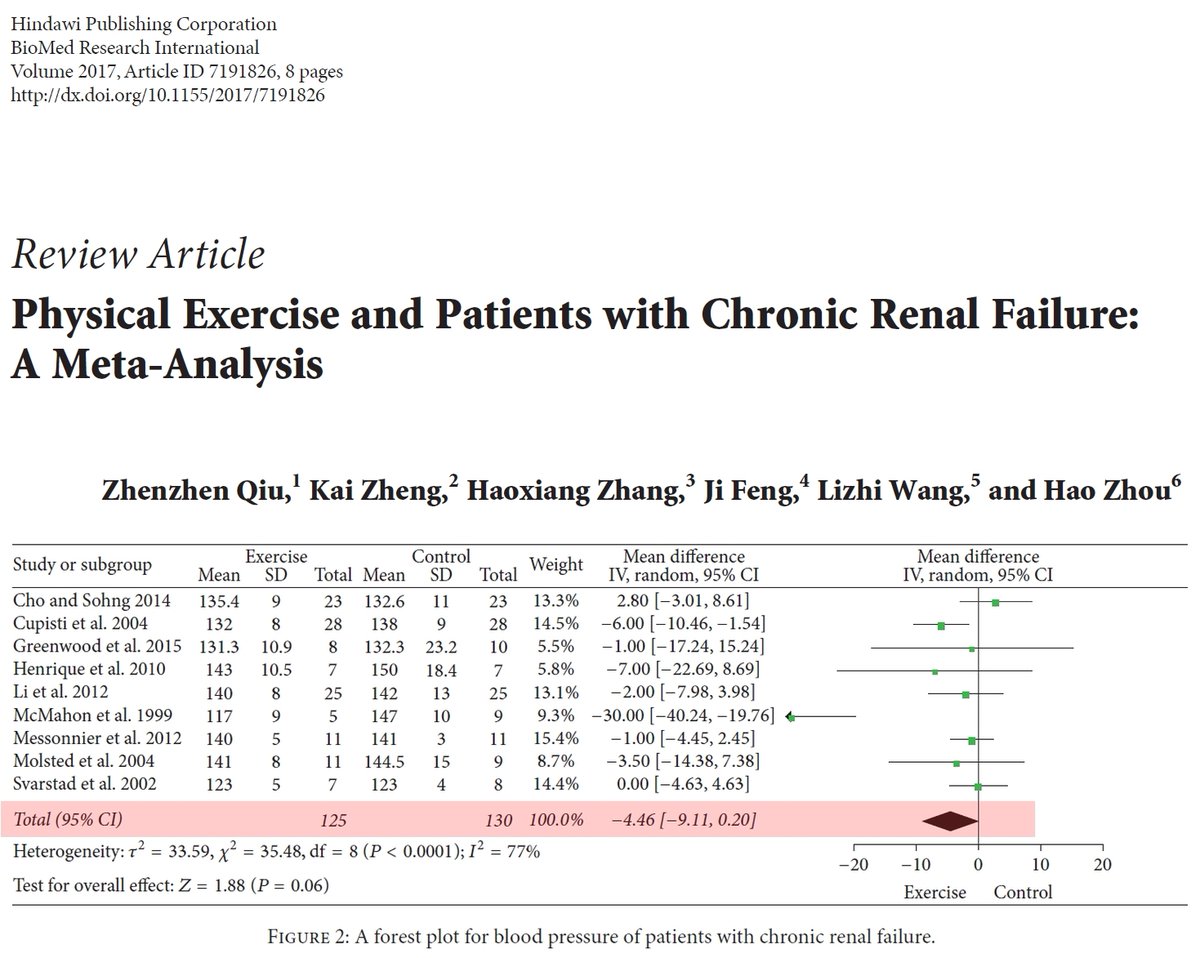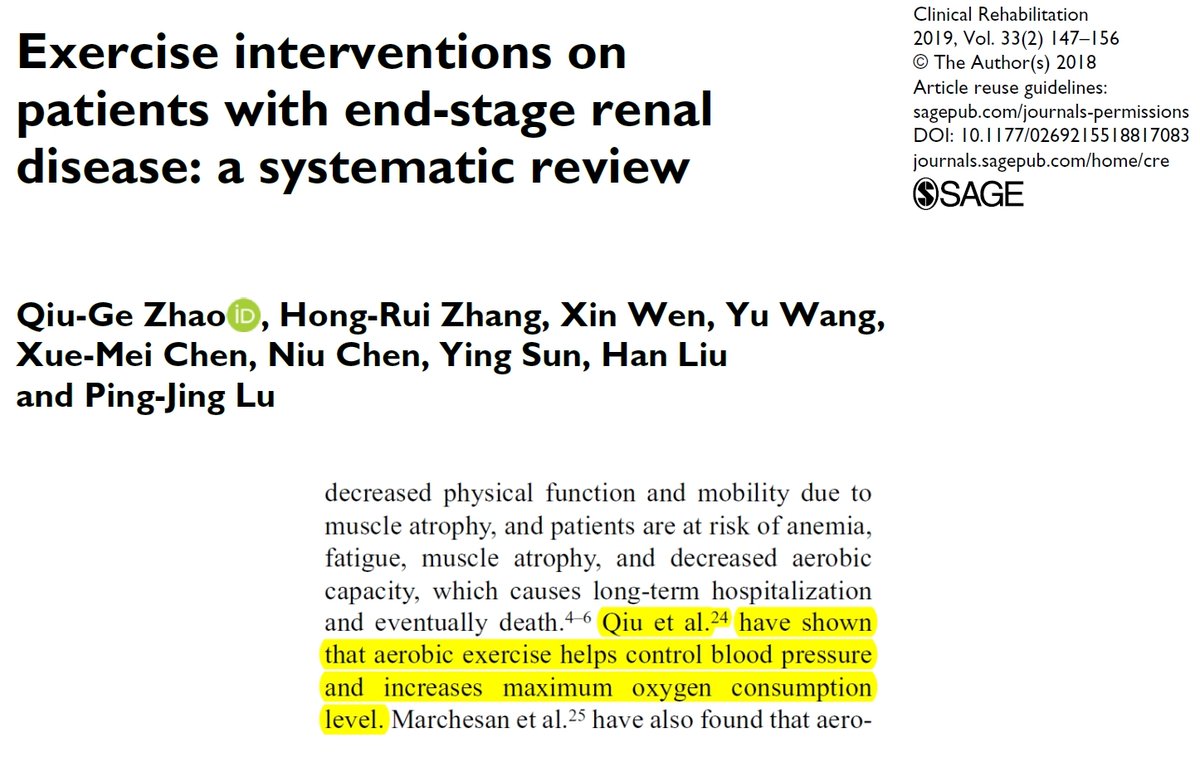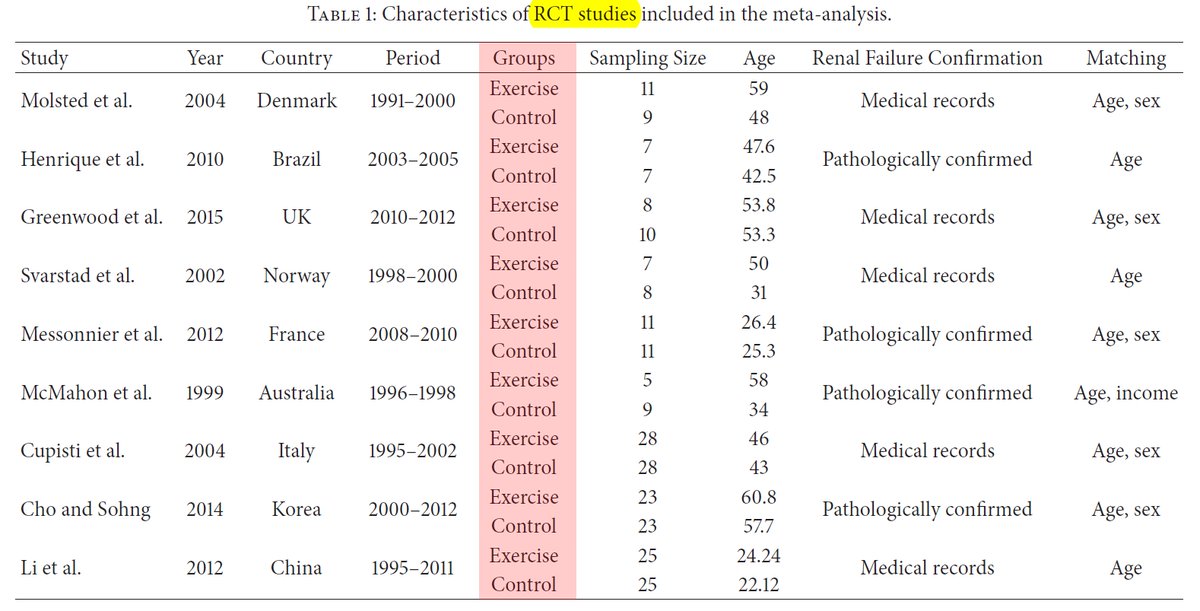
There is no official announcement from Stanford yet but there is enough chatter to suggest that the legendary Albert Bandura has passed away. We know this day was coming (Bandura was born in December, 1925) but it is still a very sad day in the history of psychology. A tribute... 

I think it's fair to say that few people have been able to read (and understand) Bandura from the original. Most know Social Learning Theory and Social Cognitive Theory from simplified and abbreviated secondary sources. His language seems wordy but is densely packed with meaning. 

I first tried to read his 1977 classic as an undergrad in the late 1980s. I probably made it to page 2 before giving up, exhausted. It would be years before I managed to return to it, with more experience, and was able to finish it. 

It is very unfortunate that, in our effort to make Social Cognitive Theory more palatable to students, we focus heavily on self-efficacy and its sources, in essence misrepresenting a vastly broader and more complex theoretical framework. 

Bandura was clearly one of the deepest theoretical thinkers of twentieth-century psychology, and a worthy recipient of the National Medal of Science.
nationalmedals.org/laureate/alber…
nationalmedals.org/laureate/alber…

The citation reads: "For fundamental advances in the understanding of social learning mechanisms and self-referent thinking processes in motivation and behavior change, and for the development of the social cognitive theory of human action and psychological development." 

The history of psychology will recognize Bandura as the key facilitator of the transition from behaviorism to cognitivism. The Bobo Doll experiment was brilliant in serving as a bridge, demonstrating the passive imitation alongside the (cognitively driven) creative embellishment. 

It can be said that Bandura accelerated by behaviorism-cognitivism transition by lucidly and directly recognizing the value of both perspectives. Yes, the social stimulus is important. But so is the cognitive processing. 

Only then did he hit you with the asterisk: In the system of triadic reciprocal determinism, please don't confuse "reciprocity" as implying "equal strength." And that was the door to a cognitivism that, in the view of many (including myself) was rather extreme. 

According to Bandura, stimuli gain meaning for the individuals only through the prism of cognitive appraisal. While this is easy to accept for social or cultural constructs, things get more complicated when the idea is applied to, say, physiological or biological constraints. 

Like other cognitivists of the 1960s (e.g., Richard Lazarus, Magda Arnold), Bandura echoes Cannon's critique of James, arguing that the body only generates malleable "arousal" ("body stuff"), too diffuse and undifferentiated to correspond to the richness of conscious experience. 

The idea of malleable "body stuff" that cognitive appraisal can transform to diverse states of consciousness, from tiredness to elation, was readily accepted in the exuberance of nascent cognitivism. It was formalized by Schachter and Singer (1962) and extended by Zilmann (1972). 

Notice the how the idea of malleable "body stuff" survived intact throughout the 20th century, from Cannon to Schachter to Lazarus to Bandura, despite the monumental changes that took place in psychology during this time. Intact! 







Social Cognitive Theory was a dominant theoretical perspective when Exercise Psychology started developing. So, perhaps understandably or perhaps ironically, the belief in malleable "body stuff" transferred to Exercise Psychology, making it more "psychology" and less "exercise." 

So, this refusal to appreciate the role of the body in shaping consciousness, will likely be seen as one of the areas where Bandura fell short. As critic Christina Lee aptly put it, in Bandura, the body is reduced to something "more or less tacked on as a way of getting around." 

Another area where Exercise Psychology should look critically at Bandura's legacy is the endorsement of the assumption of rationality and the fixation on the mind-as-computer analogy. Like other cognitivists of his era, the key to behavior change for Bandura was ...information. 

If interested in learning more about Bandura's legacy for Exercise Psychology, see (1) faculty.sites.iastate.edu/ekkekaki/files… and (2) faculty.sites.iastate.edu/ekkekaki/files…
We certainly owe a tremendous debt of gratitude to this giant of psychology for his invaluable theoretical insights. Rest in Peace...

We certainly owe a tremendous debt of gratitude to this giant of psychology for his invaluable theoretical insights. Rest in Peace...


@threadreaderapp unroll
There is now verification that Albert #Bandura has died. Here is the obituary from the @nytimes. The title "Leading Psychologist of Aggression" certainly does not do justice to the amazing scope of his work.
nytimes.com/2021/07/29/sci…
nytimes.com/2021/07/29/sci…
• • •
Missing some Tweet in this thread? You can try to
force a refresh






